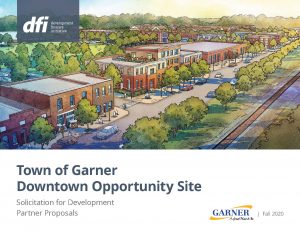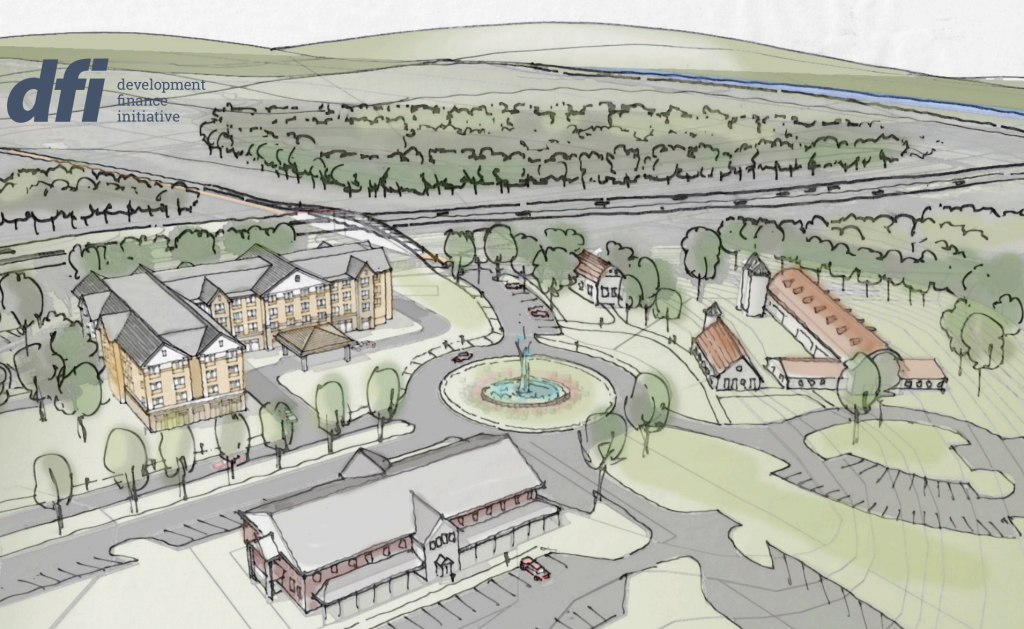Category: Uncategorized
DEVELOPMENT FINANCE INITIATIVE: BY THE NUMBERS
DEVELOPMENT FINANCE INITIATIVE: BY THE NUMBERS
Active projects started in 2020
- Clayton
- Danville, VA
- Dare County
- Durham
- Henderson
- Kinston
- Louisburg
- Marvin
- Orangeburg, SC
- Salisbury (2)
- Siler City
- Southern Pines
Active projects started before 2020
- Elizabethtown (NCORR)
- Garner
- Goldsboro (NCORR)
- Lumberton (NCORR)
- Rockingham Housing Authority
- Wake Forest (Seminary Site)
- Boone
- Concord
- Durham
- Kannapolis Kinston (NCEM)
- Elon
- Fuquay-Varina Morganton (Commerce)
- Pineville
- Carrboro
- Hendersonville
- Morrisville
- New Bern
- Wilson
- Wake Forest (SunTrust Bank)
- Albemarle
Closed projects started in 2020
- Fayetteville
- Mocksville
- Reidsville
- Rutherford County
- Sanford
- Thomasville
- Walkertown
Total projects
- 20 total projects in 2020, including four class projects and 16 DFI projects
- 167 total projects overall, including 36 class projects and 131 DFI projects
Projects by community size
In communities with populations greater than 50,000:
- 3 project in 2020
- 30 projects overall
In communities with populations between 20,000 and 50,000:
- 6 projects in 2020
- 43 projects overall
In communities with populations between 2,500 and 20,000:
- 9 projects in 2020
- 73 projects overall
In communities with populations less than 2,500:
- 0 project in 2020
- 17 projects overall
Projects by economic development tier
In Tier 1 communities:
- 4 projects in 2020
- 48 projects overall
In Tier 2 communities:
- 7 projects in 2020
- 63 projects overall
In Tier 3 communities:
- 7projects in 2020
- 52 projects overall
County distress rankings are released annually by the North Carolina Department of Commerce. The 40 most distressed counties are designated as Tier 1, the next 40 as Tier 2 and the 20 least distressed as Tier 3.
Projects by level of economic distress
In severely distressed communities:
- 9 projects in 2020
- 105 projects overall
In distressed communities:
- 4 projects in 2020
- 23 projects overall
In non-distressed communities:
- 5 projects in 2020
- 35 projects overall
Areas of distress are determined using the New Markets Tax Credit Mapping Tool.
Bermuda Run: Hotel Development Oppportunity
The Town of Bermuda Run is soliciting developers for an upscale brand or independent boutique hotel in the Winston-Salem Metro. DFI conducted a hotel pre-development process for three acres of prime land located adjacent to the area’s premiere event center and regional sports park.
View and Download Solicitation




